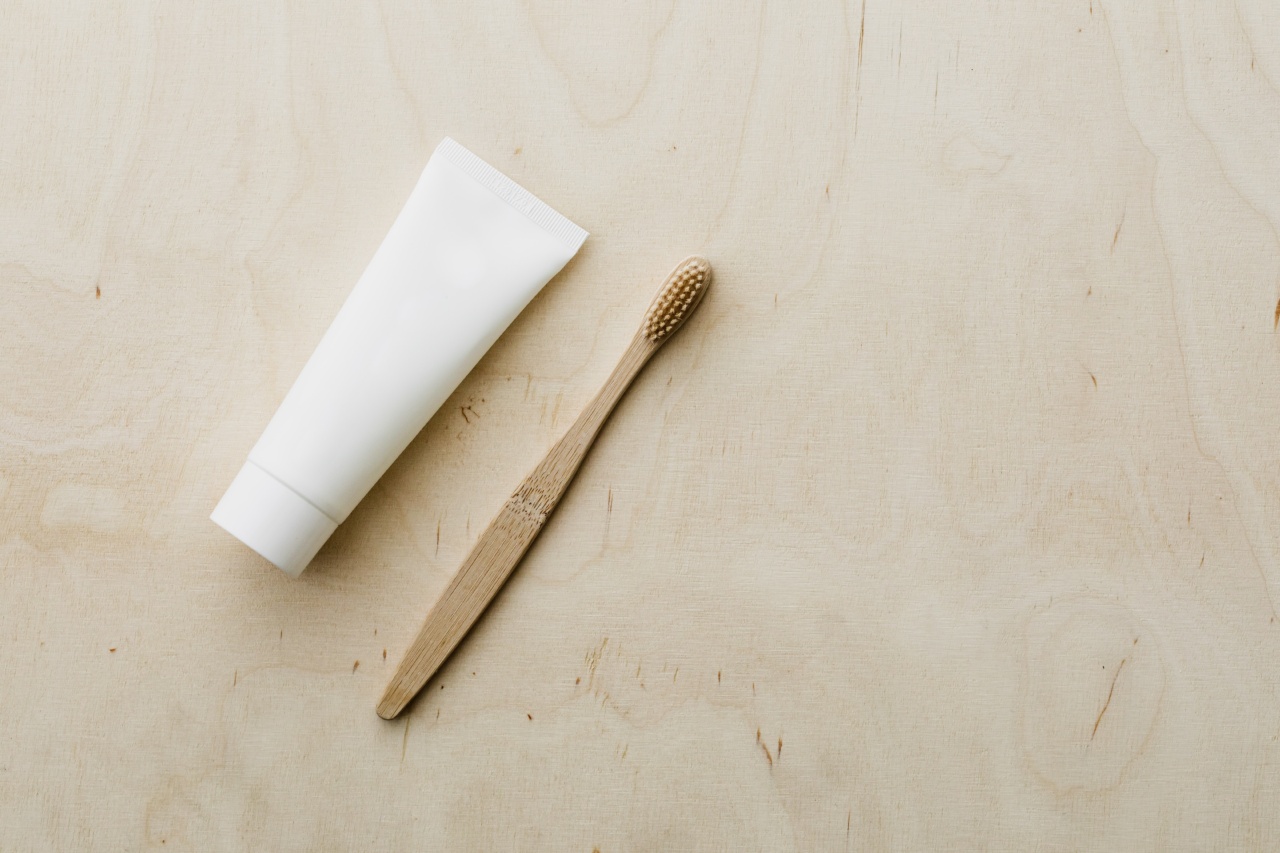Are you looking to make some lifestyle changes in order to improve your health and lose weight? One effective way to do so is by reducing your daily calorie intake. Here are some simple and easy ways to cut out 500 calories a day:.
1. Swap Out High-Calorie Beverages
One of the easiest ways to cut calories is by swapping out high-calorie beverages for low or no-calorie alternatives. For example, ditch the soda and opt for water, unsweetened tea, or black coffee instead.
You will be surprised at how many calories you can save by simply making this switch.
2. Choose Smaller Portions
Another way to cut calories is by reducing the portion sizes of your meals. This can be done by using smaller plates, measuring out your food servings, or simply eating until you feel satisfied rather than stuffed.
By consuming smaller portions, you can significantly cut your daily caloric intake without feeling deprived.
3. Cook at Home More Often
When you cook at home, you have more control over the ingredients and portion sizes of your meals. You can also make healthier substitutions and adjustments to your favorite recipes to reduce the calorie count.
Eating out, on the other hand, often leads to consuming larger portions and higher calorie and fat content.
4. Add More Protein to Your Diet
Protein is an essential nutrient that can help you feel fuller longer, reducing the likelihood of overeating. Incorporating more protein into your daily diet can also help you build and maintain muscle mass.
Good sources of protein include lean meats, fish, beans, and nuts.
5. Avoid Processed Foods
Processed foods tend to be high in calories, sugar, and unhealthy fats. Cutting back on these types of foods can help you reduce your daily calorie intake and improve your overall health.
Opt for whole foods such as fruits, vegetables, whole grains, and lean proteins instead.
6. Use Low-Calorie Cooking Methods
Another simple way to cut calories is by using low-calorie cooking methods. For example, instead of frying foods, try baking, roasting, grilling, or sautéing.
These cooking methods reduce the amount of added fats and calories in your meals while still maintaining the flavor and texture of your dishes.
7. Choose Healthy Snacks
Snacking can be a great way to keep your hunger in check between meals. However, choosing the wrong types of snacks can lead to consuming excess calories and unhealthy ingredients.
Opt for healthy snacks such as fresh fruit, raw vegetables, low-fat yogurt, or nuts and seeds.
8. Eat More Fiber
Fiber is a type of carbohydrate that cannot be digested by the body, making it an excellent nutrient for weight loss. Foods high in fiber tend to be low in calories while also helping you feel full and satisfied.
Good sources of fiber include fruits, vegetables, whole grains, and legumes.
9. Plan Your Meals in Advance
Planning your meals in advance can help you stick to healthier food choices and avoid impulse eating. By taking the time to meal plan, you can ensure that you are consuming a balanced diet with the appropriate calorie count.
You can also save time and money by buying only what you need at the grocery store.
10. Get Regular Exercise
Regular exercise is essential for maintaining a healthy weight and reducing your daily caloric intake. Physical activity burns calories, builds muscle, and improves overall health.
Aim for at least 30 minutes of moderate-intensity exercise most days of the week for optimal health benefits.




























